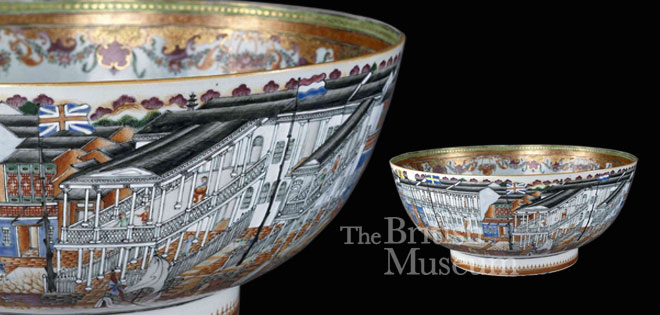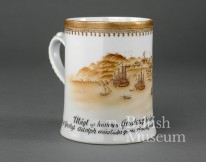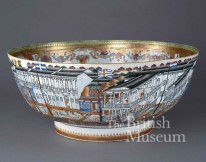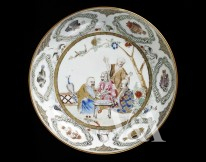2 East India Companies

During the seventeenth and eighteenth centuries several European countries participated in the China trade with the establishment of national trading enterprises, known as the ‘East India Companies’. The Dutch formed the Dutch East India Company (VOC) in 1602, opening Asian headquarters in Batavia (now Jakarta). Its large fleet shipped millions of goods to Europe, including tea, spices and porcelain, and monopolised the China trade for most of the seventeenth century.
The English East India Company was formed in 1600, and later acquired the name Honourable East India Company (HEIC). During the eighteenth century the high volume of its traffic remained unmatched by other European competitors, such as the French, the Swedish, the Danish, the Austrian and the Prussian. All European East India companies established their warehouses (hong) on the waterfront of the Pearl Riverin Guangzhou. This became the only place where they were allowed to stay from 1757.
Until the mid nineteenth century the Companies exported to Europe millions of Chinese porcelain pieces, which were transported on large ships as ballast and sold at auctions or privately upon their arrival in Amsterdam, London and other European ports. This trade was hugely profitable to the companies as well as to individual officers, commercial agents and ships’ captains.





